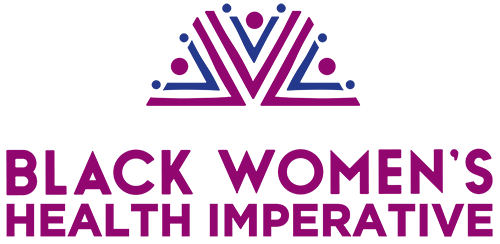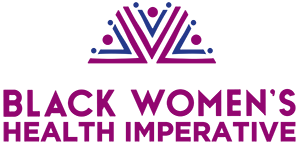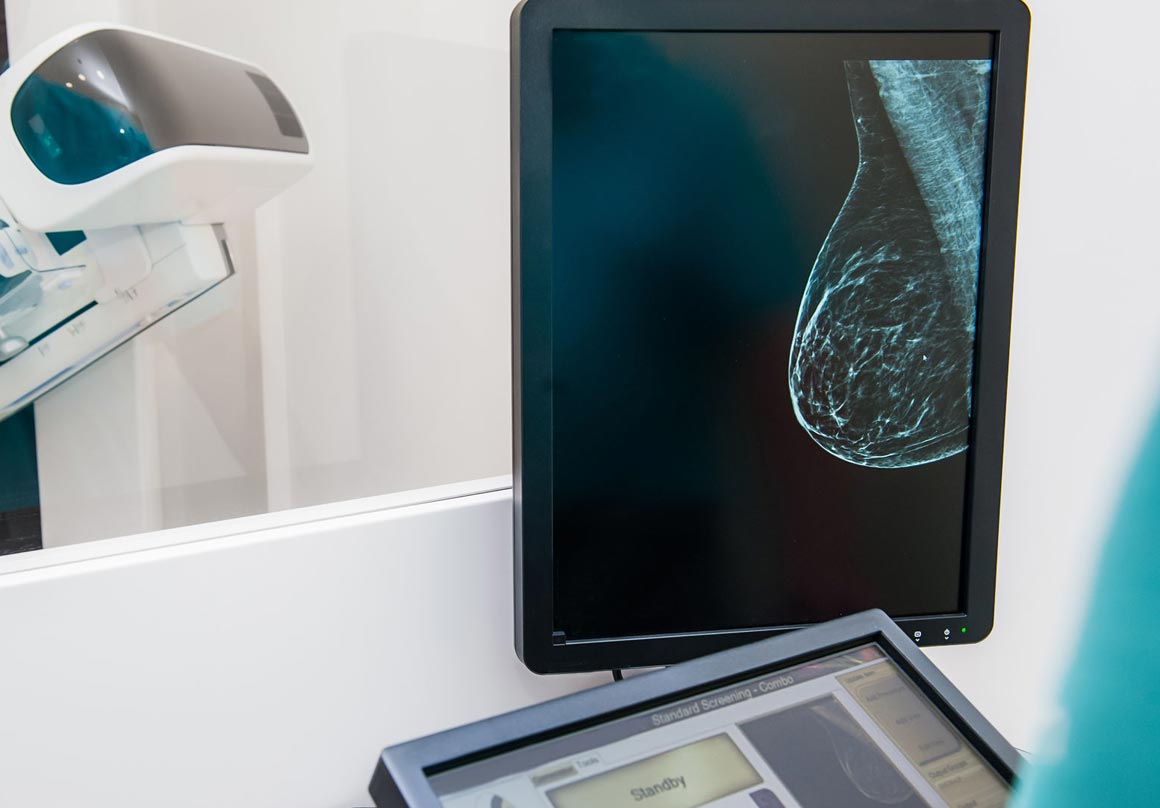Ask 100 different doctors, “Do I really need a breast cancer screening?” and they might all say yes, but with 100 different caveats. In fact, some people even say that question is too controversial to even answer without knowing your personal health history.
Over the years, there have been debates about:
- The best age to start screening
- How often you should be screened
- Whether you need to do a self-exam in addition to a mammogram
But the most important word in all of these debates is one that most people involved in the discussions probably don’t see. That word is: You.

Because at the end of the day, the answer to the question all comes down to you and your personal risk factors.
So, what are they? Here’s a look at different breast cancer risk factors that you can discuss with your doctor to determine the right breast cancer screening plan for you.
First, there are risk factors you can’t really control—but should definitely be aware of:
- Age: Breast cancer is more common in Black women younger than 45. Generally speaking, as women get older, the risk of breast cancer increases. In fact, most breast cancer diagnoses happen in women who are over 50 years old.
- Dense breasts: If you have dense breasts, which is more likely in Black women, it means you have more connective tissue rather than fatty tissue. Connective tissue is tough, stringy stuff that makes it harder to detect tumors during a mammogram. Dense breast tissue also means a higher chance of getting breast cancer. (A 3D mammogram might be a good screening option if you have dense breasts because it is better at detecting tumors than a traditional mammogram. Ask your doctor if this is the right type of mammogram for your needs.)
- Family health history: You have a higher risk of breast cancer if your mother, sister, or daughter had it. The same is true if you’ve had more than one family member on either your mom or dad’s side who’s had it.
- Genes: Maybe you’ve heard of BRCA1 and BRCA2. These are inherited gene mutations that increase a woman’s risk of both breast and ovarian cancer. But there are other mutations—with names like ATM and STK11—that can also contribute to breast cancer risk.
- Personal health history: Women who have already had some types of cancer—including breast cancer—have a higher risk of getting it again. Smoking can also increase your risk.
- Race and ethnicity: In general, Black women have a higher likelihood of dying from breast cancer compared with white women.
- Radiation therapy: Exposure to radiation therapy to the chest before the age of 30—as part of treatment for an illness like Hodgkin’s lymphoma, for example—can increase the risk of developing breast cancer later on.
- Starting your period before age 12: While this doesn’t necessarily increase breast cancer risk by a huge amount, starting your period at a younger age means your body was exposed to certain hormones early on in your life. This longer-term exposure can increase breast cancer risk.
- Starting menopause after 55: On the other end of your spectrum of “life events,” women who don’t begin menopause until after age 55 also have a higher risk for breast cancer. Why? Same reason: Their bodies are exposed to certain hormones for a longer amount of time.
- Taking diethylstilbestrol (DES): Between 1940 and 1971, doctors sometimes gave pregnant women a drug called DES in the hopes of preventing miscarriages. Women who took DES—and women whose mothers took it—have an increased risk of breast cancer.
Then, there are the breast cancer risk factors that you can take some control over:
- Being overweight or obese after menopause: This is yet another minus of weight gain. Overweight or obese women who’ve been through menopause have an increased risk of breast cancer, compared to women the same age who maintain a healthy weight. Compared to women of other races in the U.S., African-American women have the highest rates of overweight and obesity. About 80% of Black women are overweight or obese.
- Drinking alcohol: The more you drink, the higher your risk of developing breast cancer. Every drink after the first increases your risk. For women, a drink is 12 ounces of beer, 5 ounces of wine (yes, that means red wine, too), or 1.5 ounces of 80-proof distilled spirits.
- Getting pregnant later in life—or not at all: Seems like a catch, right? We’re told as young women to avoid pregnancy, but then there’s this magical period when pregnancy can stave off breast cancer. It’s weird but it’s true: Women who don’t get pregnant until after age 30—and women who don’t get pregnant at all—might have an increased risk of developing breast cancer.
- Not getting enough physical activity: The less you get your body moving, the higher your risk might be. Aside from helping you avoid obesity, exercise can also lower hormone levels that are sometimes related to developing breast cancer.
- Taking birth control pills: Some types of oral contraceptives increase breast cancer risk. If you’re taking birth control, ask your doctor about this.
- Taking combination hormone replacement therapy (HRT): Doctors sometimes prescribe HRT to relieve symptoms of menopause. But certain types of HRT that involve both estrogen and progestin can raise your breast cancer risk if they’re taken for more than 5 years.
That’s a lot of factors to consider. But the bottom line is this: Your risk for breast cancer is unique to you.
For example, not all overweight women over 55 will get breast cancer. On the other hand, some women that age who are in great shape still do get diagnosed with cancerous lumps. Nobody’s future is totally certain.
What’s the takeaway? Get a good understanding of the risk factors that are relevant to you and share them with your doctor. She’ll discuss your risk factors with you and recommend how often to get a mammogram. Together, you can come up with a plan of action for breast cancer screening that’s right for you.
Bring a copy of this list to your next doctor’s appointment to discuss your breast cancer screening options. And share the list with your friends and loved ones, so they can do the same.


